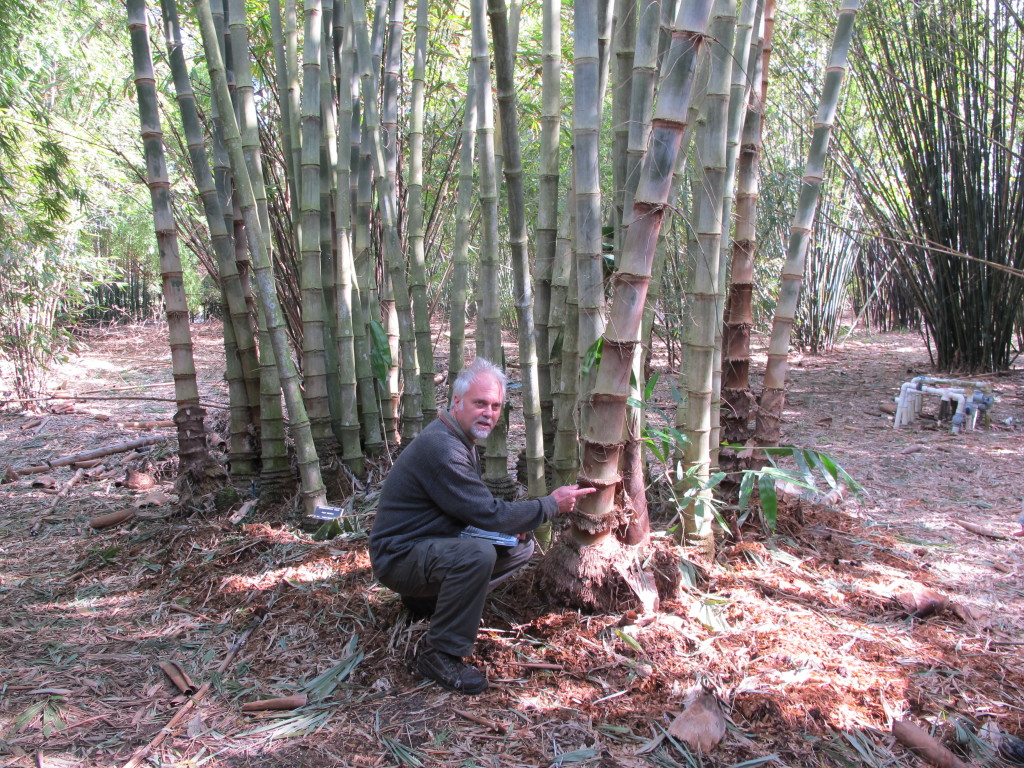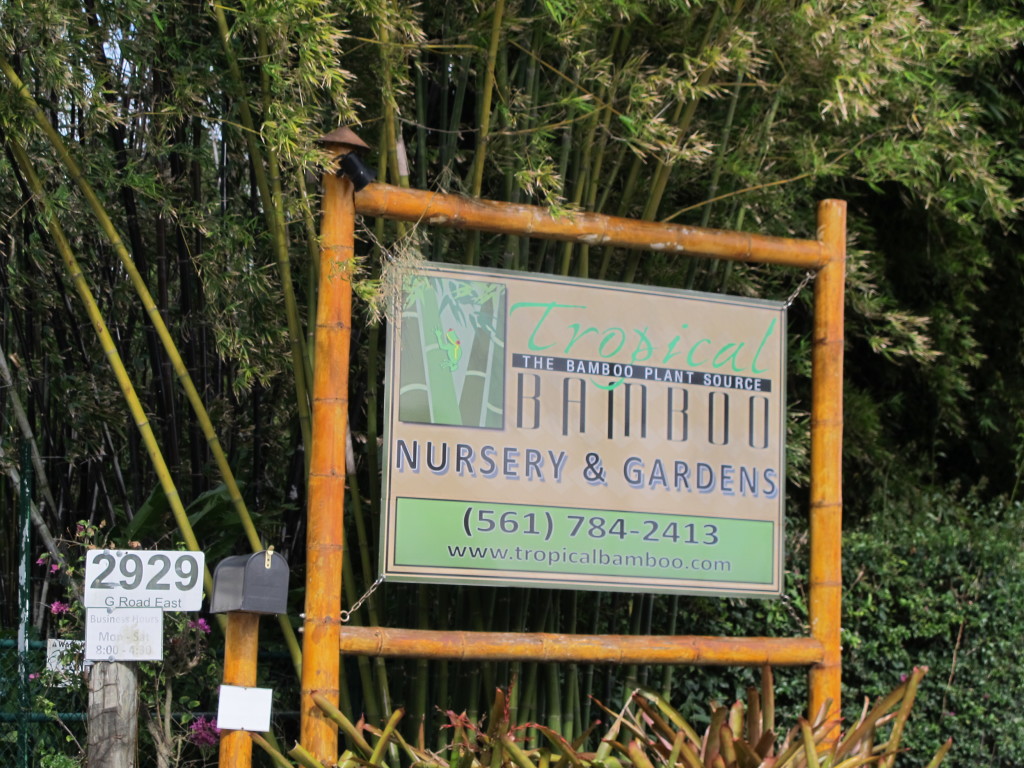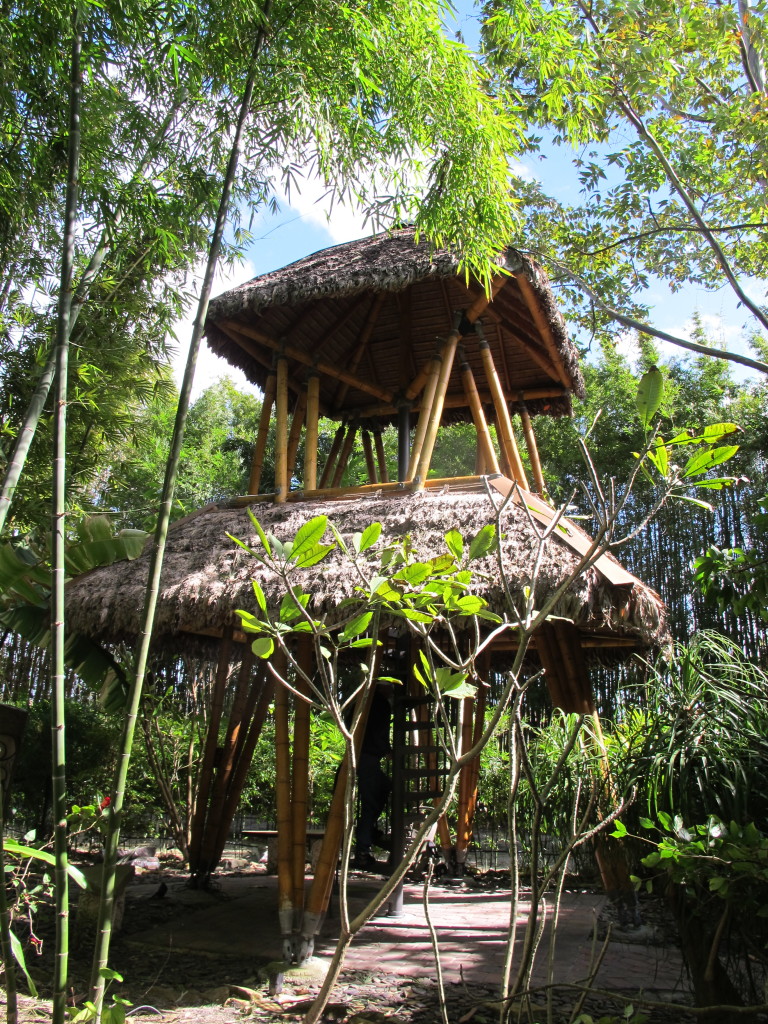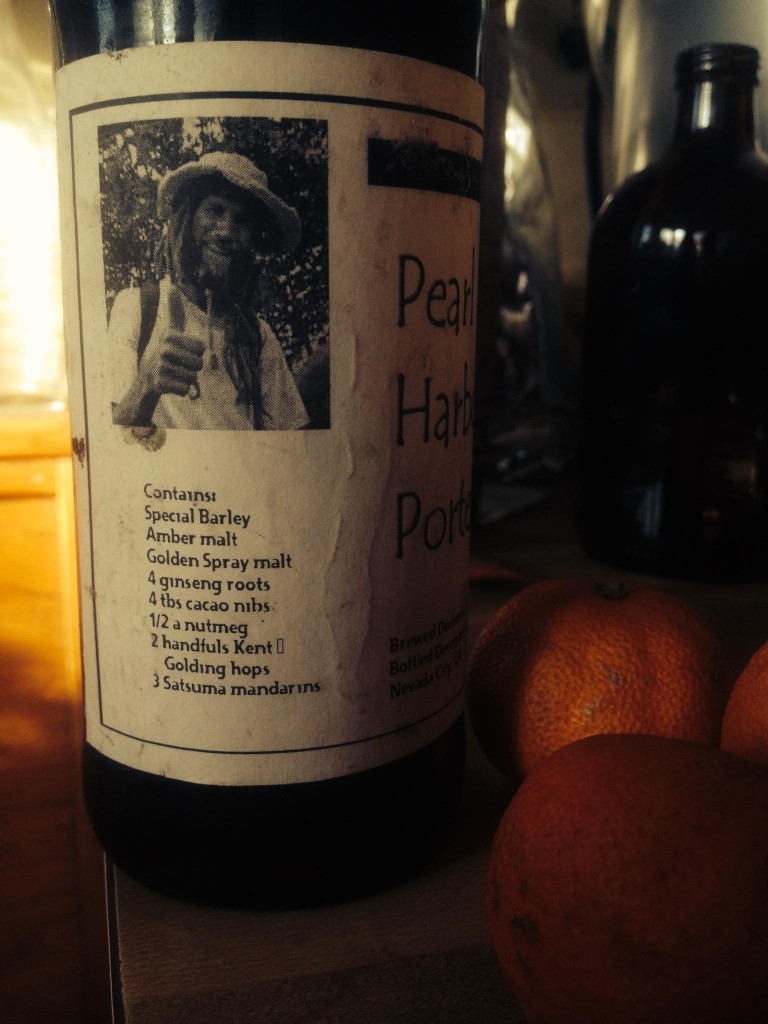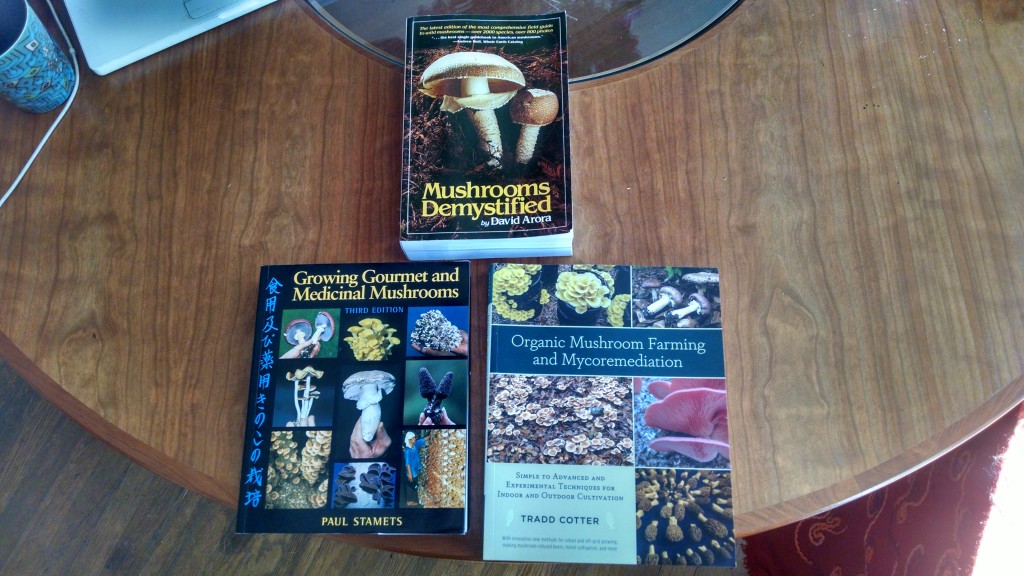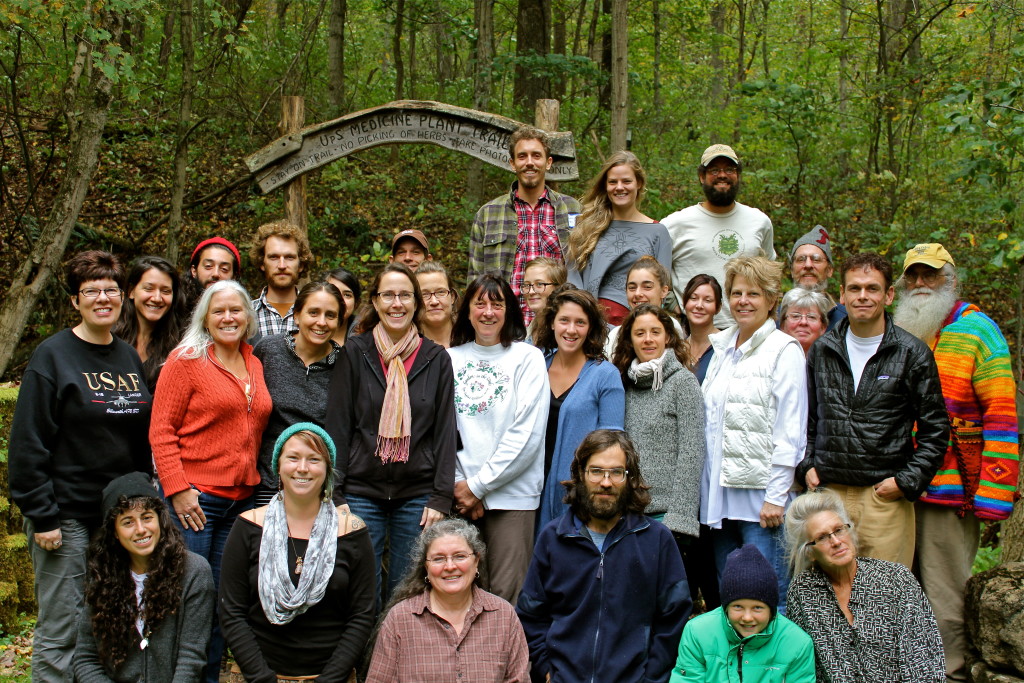Posted by Marc Williams
Plants and Healers International Executive Director
i was blessed recently to spend some good time with naturalist and author Roger Hammer both at his home in Homestead, Florida and inside Everglades National Park.
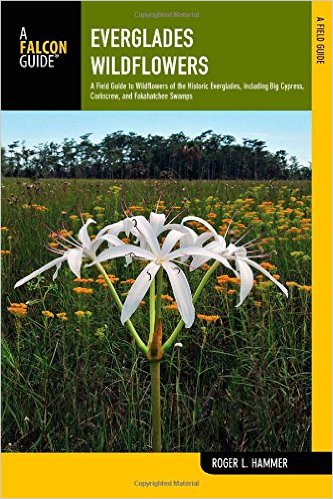
Roger has written numerous field guides including one on Everglades wildflowers (2015b) and the Florida Keys wildflowers (2004). He has an upcoming book about the wildflowers of central Florida (2016) and he has written a book on attracting hummingbirds and butterflies as well (2015a). Roger worked at Castellow Hammock Nature Center for over 30 years. He also was awarded with an honorary Ph.D from Florida International University in 2012.
Roger took me on a tour of his yard where he has lots of interesting plants such as Pond-Apple (Annona glabra), Moujean Tea (Nashia inaguensis), Arborescent Dutchman’s Pipe (Aristolochia arborea) and many others. He has a number of fruit trees as well. For his Mango he chose the “Manilito” variety. He also has a hybrid of the Sea Grape (Coccoloba uvifera) and Pigeon Plum (Coccoloba diversifolia). Some other choice fruits include Caimito (Chrysophyllum cainito), Black Mulberry (Morus nigra), Avocado (Persea americana) and a J-31 cultivar of Jackfruit (Artocarpus heterophyllus). The latter is more columnar and compact in form, suitable as a dooryard tree, but was still loaded with fruit as seen below.
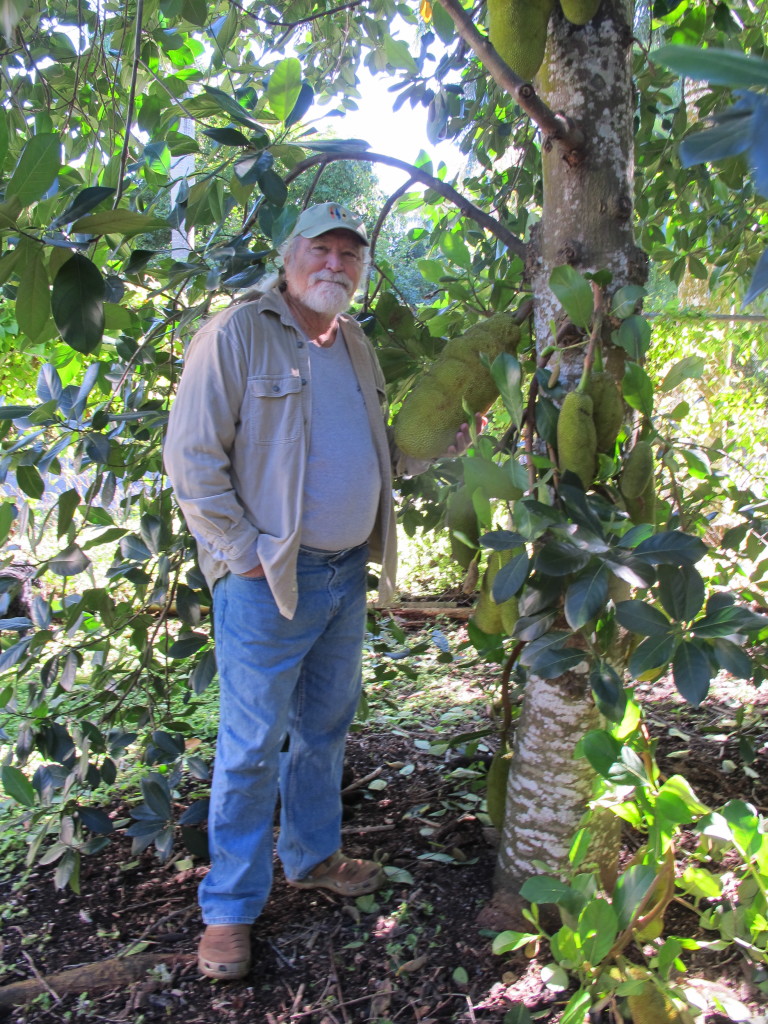
Roger’s knowledge of various kingdoms of life forms is astonishing. In addition to introducing me to many new plants he also shared their connections to birds, butterflies and other organisms. For instance the introduced White-winged Parakeet (Brotogeris versicolorus) loves to feast on the seeds of the Silk Floss Tree (Ceiba speciosa) and the hummingbirds will fight over visits to (Pavonia bahamensis). The latter is also visited by the Zebra Longwing (Heliconias charitonia) which is the state butterfly of Florida. Two-flowered Passionfruit (Passiflora biflora) is a weedy thing in his yard but also supplies larval food for Zebra Longwings, Julia Heliconians (Dryas iulia), and Gulf Fritillaries (Agraulis vanillae), though the fruit is not much to speak of regarding human consumption. The Grackles and Blue Jays love the fruit of the Cherry-of-the-Rio Grande (Eugenia aggregata).
Some other uncommon tropical plants were on display such as the lemon-scented Bay Rum (Pimenta racemosa), Rough Strongbark/back (Bourerria radula), Smooth Strongbark/back (B. cassinifolia) and Euphorbia punicea from Jamaica that is a nectar source for the Zebra butterfly. It was exciting to also see Parrotweed (Bocconia frutescens) that Roger referenced as from the Bahamas whereas the first time i saw this species was way up high in the Talamanca mountains of Costa Rica.
As amazing as the tour of Roger’s yard was i was also excited to go to the local wild environs where he has spent nearly 40 years studying the various life forms, first as an employee of the Miami-Dade Parks Department and now independently. Roger told me how on one occasion he was picked to be a guide for biologists from various disciplines from around the world who came for a conference at Fairchild Tropical Botanic Garden. What an honor and joy to accompany he and his wife Michelle for some small group time on the trails around Long Pine Key in Everglades National Park. Poisonwood (Metopium toxiferum)
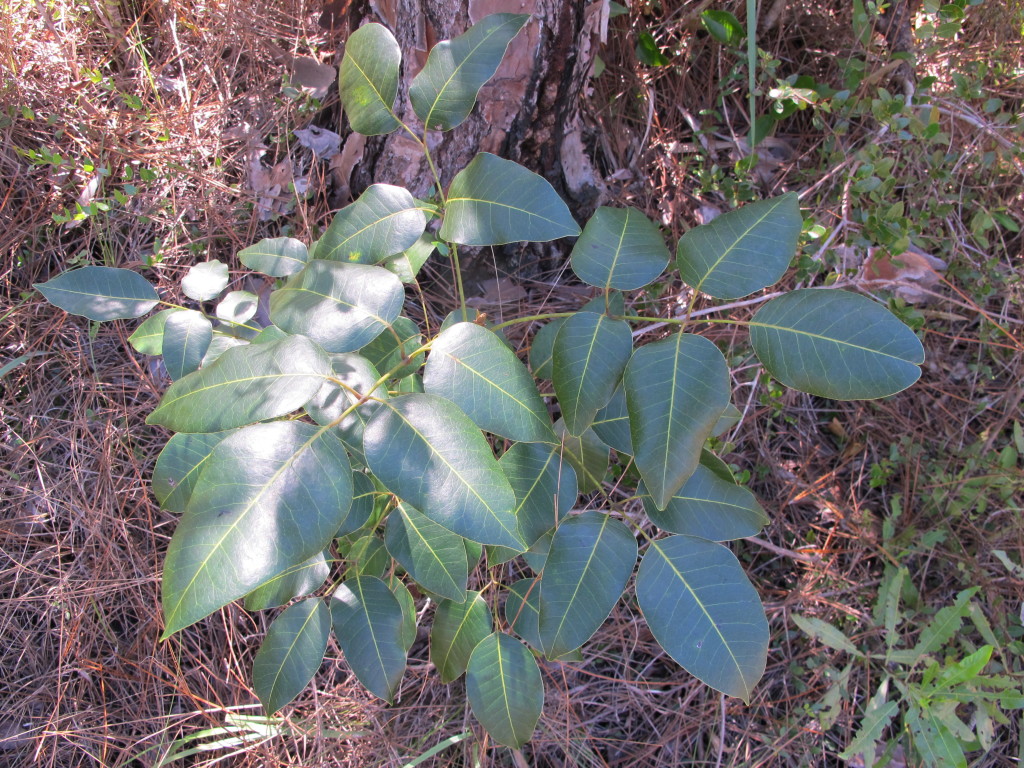
was a very common understory plant as was its family member Winged Sumac (Rhus copallinum). Endemics such as Spermacoce terminalis and Pineland Clustervine (Jaquemontia curtisii) were present as well. Roger shared a story about an author working on the Asteraceae of North America who was going to travel a long distance just to catch site of the unassuming Sachsia polycephala syn S. bahamensis known mostly from the Caribbean.
Regarding other life forms we caught site of the Atala (Eumaeus atala) whose caterpillars feed on small Coontie (Zamia pumila)
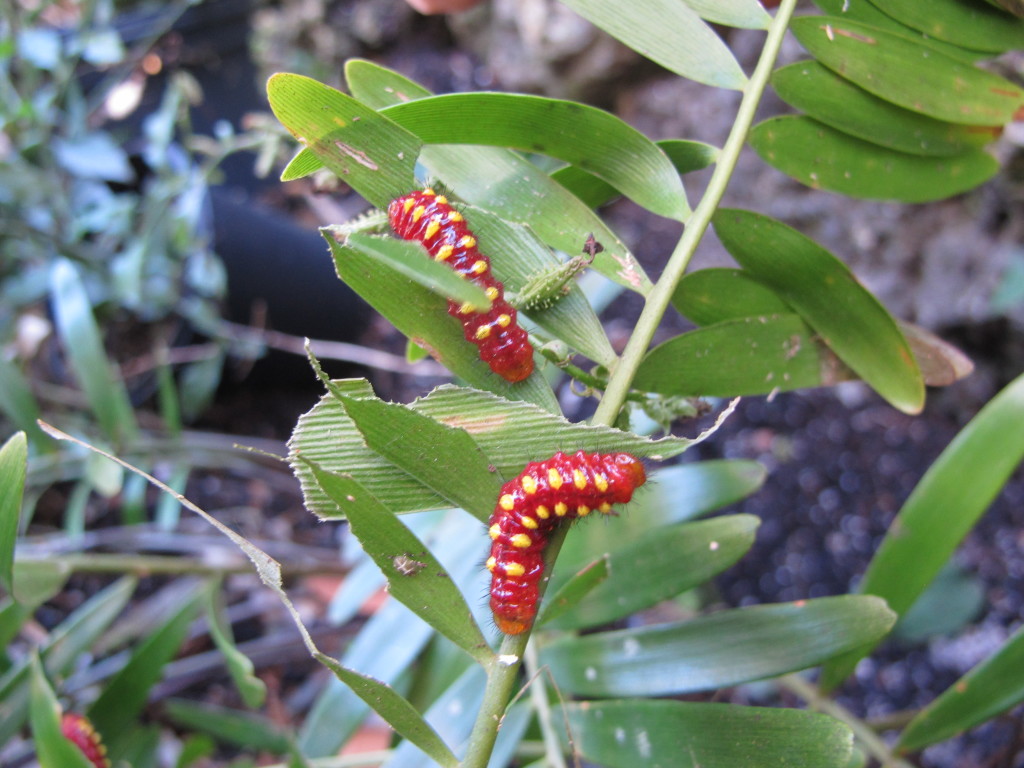
and was thought extinct in Florida until Roger found it at Virginia Key at Key Biscayne in 1979 (Eliot, 1996). White Indigoberry (Randia aculeata) is a good nectar source for Atalas.
